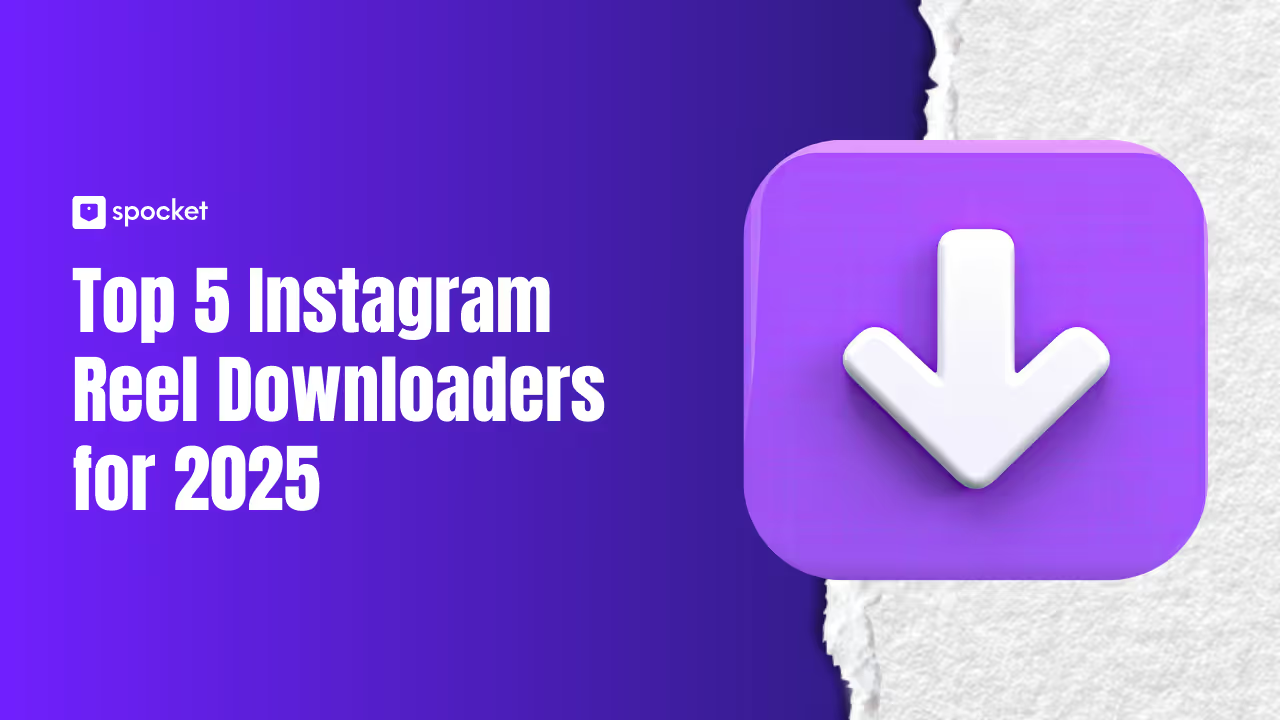Let’s face the facts: Nothing sells itself.
Not even a Picasso painting- as Austin Kleon illustrates in his book Show your Work!, only when you shout aloud from rooftops and shine a beaming light on your product’s qualities will it strike in the minds of customers.
He points out an experiment from Joshua Glenn and Rob Walker’s book “Significant Objects”. They proven that an object’s value is affected by the stories created around them- driving emotional value.
Allow me to elaborate- they bought a bunch of random products from thrift stores and flea markets, which each product costing about $1.25. Then, they hired writers to invent stories that attributed significance to the product. Lo and behold- when listed on eBay, the products had sold for $3,612.51. Their original cost price? $128.74.
All because of the stories.
Still doubt the power of words? Think again, for there is consumer psychology rooted in it.
Now that you are convinced, let’s move to the fundamentals of writing product descriptions.
What should you not do?
Consider this product description for a beanie:

Your unique product relies on your phenomenal salesmanship. Why hold back when this is your only chance to speak to the customer about your product? Imagine if a salesman knocked on your door, only to hold up a beanie and say words like ‘Acrylic’ and ‘Imported’, and then say nothing more. Sounds crazy, right?
EXACTLY.
Sure, this description tells me most of what I need to know. But would I purchase this product when the one below is kept in comparison?

I would venture to say no.
The second one delves into the details, providing the viewer a deeper understanding of how the product is ethically manufactured and strikes the target audience, while also commenting on the size. Such product copy is bound to convert better than bare bones one.
But there is more to writing a good product description than just filling lines up. It is a combination of your tone of voice, information summation clubbed with what potential customers are looking for.
Let’s dive right into what makes a product description sparkle and shine!

1. KNOW YOUR AUDIENCE:
Great product descriptions are not made in a vacuum- there needs to be an audience that the write-ups specifically tailored for. Imagine a brand that caters to corporate businesses using slang such as ‘bae’, that would be disastrous. The best example of audience-receptive copy could possibly be the popular game ‘Cards against humanity’:

The two takeaways from their product pages are:
1. Selling your product needn’t always be about superlatives. If you can produce descriptions that are in sync with your brand’s voice- such as Cards against Humanities (satirical and humorous, while also supporting causes), you are already one step ahead.
2. Don’t be boring. Be innovative and deliver to your audience something that is not just informative, but also interesting as a reading experience.
But most importantly, they are aware of their audiences and what will appeal to them. These product details hit the funny bones for their target audiences.
Find out who your audience is- what are the prominent features of your website visitors: are they young, what is the usual amount they spend, their gender- so on, and create buyer personas.
For example, 20 year old Alicia would love to find a pink beanie to show her support for the Women’s March: why stay mum about that in your description?
2. SO WHY DO I CARE?
If you write from your vendor shoes and never look at how a customer would view it, there’s a red flag for sales right there.
You must list the advantages of your product rather than pointing out features.
Amazon’s product description template that makes it easy for the buyers to connect the dots between the features and benefits of the product.

You can easily see how the seven microphones help YOU, or how you can call anyone ‘hands free’. These are not features, although they look like them: these are ways in which you can use the product.
Note that here, bullet points with crisp to-the-point short sentences work. This is another lesson in writing product descriptions that sell. Ask yourself- what am I selling, and what is the important to buyers of this product?
But always- ALWAYS inform them why they should care, whether it is the convenience facilitated through your product or the charity it funds or the sheer absolute hilarity that ensues from the product. They deserve to know the difference the product will make in their current lives.
3. INVOKE THE SENSES
Make use of words that are sensory: words that appeal to the senses such as crispy, dazzling, velvety; you get the gist.
Why? When you are operating an online store, your customers are unable to experience the product themselves- they are taking a chance on your product blindly. Make the prospects brighter for them by describing exactly how the product would feel when they do possess it.
Looking for an example? Here you go:

Note ‘vibrant’, ‘crackling’, ‘swirling’,’vivid’- the list is never-ending. Lush really went all out on this one, and so should you!
4. PAIN/PLEASURE
The people buying your product do not do so as a courtesy- they are primarily motivated by either pain or pleasure.
I buy a food processor or a vacuum cleaner to kill off the pains of manually chopping and slicing food, or cleaning up. No one buys a food processor for pleasure. (At least we hope so). With regards to such products, the feature list should prominently speak about the ease and convenience of the product, preferably through bullet points.
In the case of goods purchased as an add-on to life, such as a piece of clothing or jewelry, you might want to write a short paragraph dedicated to the aesthetic value of the product.
As for products such as iPhones or shoes- these are a combination of the aesthetic pleasure of owning them and the utility: so a bullet point + short paragraph structure works really well for them!
Check out this product description for a Vivo Barefoot product, which seamlessly incorporates the functionality and the fluff:

Use this format to think like your customer:
Pain incentive: I am frustrated about _____ (problem) so I decided to buy _____(product).
Pleasure incentive: I want to buy a new ____(product) because _____(motivation).
Pain + Pleasure incentive: I was looking for a new _____(product) because I was troubled by _____(problem), and _____ (your product) offers me _______(the extra pleasure value).
Once you have this, blend it into your description.
5. BUT DO OTHER PEOPLE LIKE IT?
User stories or additional information that is considered extra is always a big bonus. Reviews of other users or influencers that you might have partnered with can increase sales by a huge percentage.
Social proof is a grand motivator for people to take action: If you can pin down stories of people who have interacted with your product, you are twice as likely to make a sale.
But even more powerful is a person in a position of authority validating a product- namely, influencers. These are people who have spent time cultivating trust and loyal followers. If you have their review integrated in your product description, prepare for some hefty sales. You have the halo effect to thank for that!
You may want to check out our article on Influencer Marketing to help you started with that!

Additionally, you might want to frame your user feedback to avoid generic ‘Nice product’ and ‘Loved it’ reviews. Remember: Stories are the key to your customer’s heart, so procure in-depth reviews that are personal. For example, this review for Kit on Shopify works:

BUT! If you do not have any customer reviews yet, remove the reviews section from your product description. In the age of numbers, a low or absent number is bound to decrease conversions- it is better to have no such section rather than have no reviews in the section.
6. OTHER FACTORS TO CONSIDER:
SEO is rather important if you want your products to be found by search engines. If you have a Google Analytics account, head over to Acquisition>Overview>Organic search. Those are the keywords that led to your store. Use them.
Additionally, the Keywords Planner Tool might also aid you.
Provide maximum information- right from the product’s manufacturing place to where the funds go- make sure your images are adequate, and provide a replete view of the product. This description by Everlane caught our eye immediately, for the cozy feeling it emitted:

So casual, and yet pretty convincing.
Lastly, answer the question- Why Your Store? And honestly, our best advice for this is to create a store that you are passionate about. All content, including product descriptions will come easy if you yourself are the ideal customer.
Have a look at this description by Death Wish Coffee. One glance and you know it is written by a hardcore coffee lover:

The description goes off on tangents that are hilarious, and by the end of the lengthy description, even a non-coffee lover would be tempted to try the product.
Pour love into your dropshipping business, and don’t be afraid of long or off-beat descriptions. Go radical!
If you’re short on time and need products that are fairly well written, containing all the necessary information, you can always depend on Spocket! Our descriptions are pretty sophisticated!





































